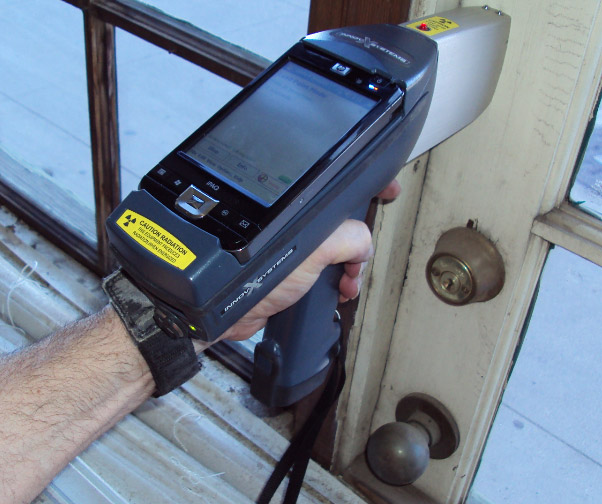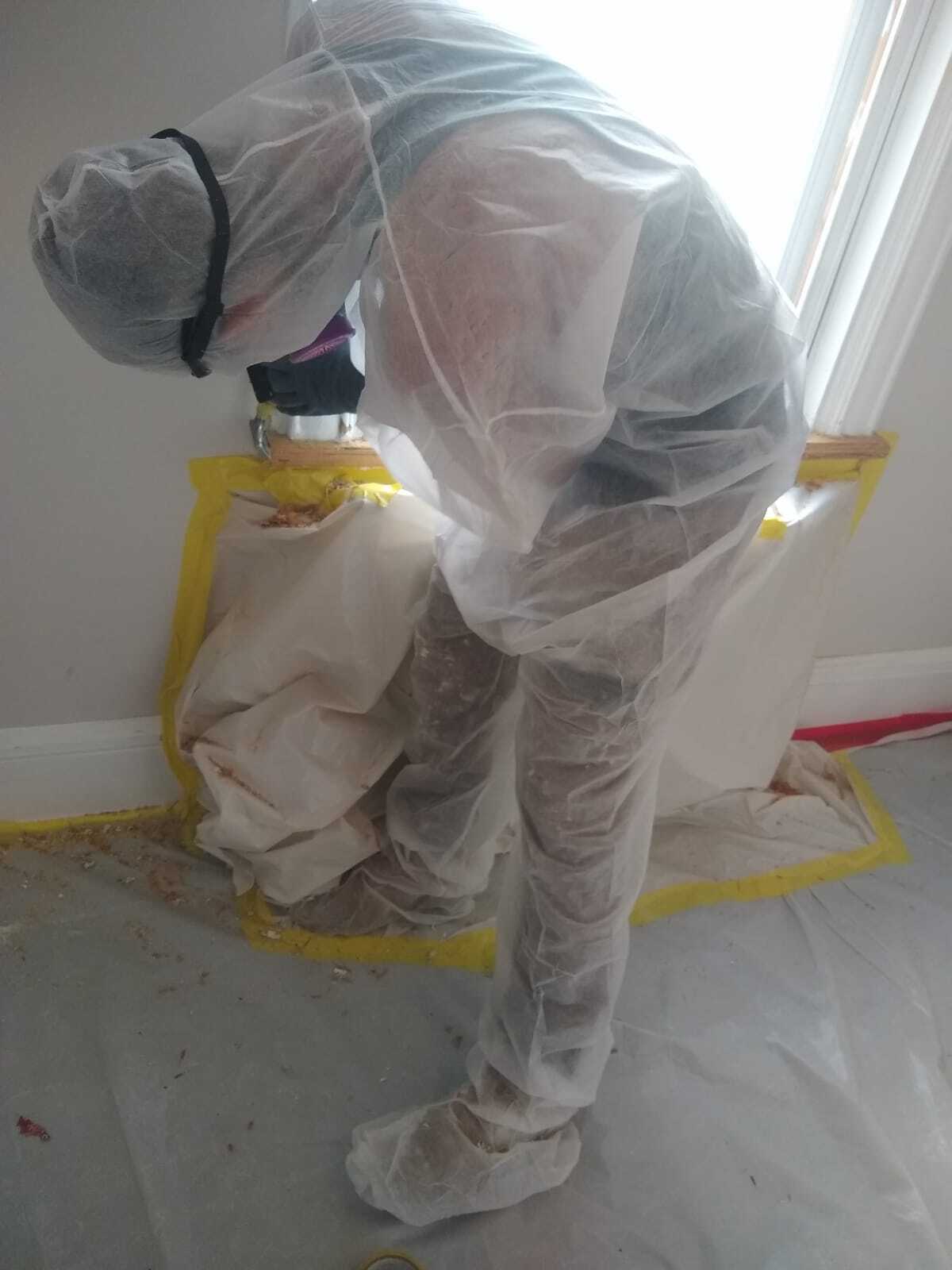Ideal Practices for Guaranteeing Safe and Detailed Lead Infraction Reduction
Dealing with lead offense abatement needs a multi-faceted strategy to make sure both safety and security and compliance. First assessments utilizing innovative detection techniques such as XRF analyzers established the stage for an exact understanding of contamination degrees. Incorporating appropriate control strategies, including closed obstacles and HEPA filtration, combined with the usage of individual protective equipment (PPE) for workers, creates the foundation of a safe procedure. Meticulous cleanup procedures, including HEPA vacuuming and wet-wiping, are critical. Yet, it's the final clearance process, including detailed inspections and laboratory testing, that genuinely validates a lead-free setting, ensuring long-term safety. How do these practices interconnect to guarantee comprehensive lead abatement?

Initial Analysis
Carrying out an initial analysis is an essential initial step in lead violation reduction. This phase incorporates an in-depth assessment of the residential or commercial property to recognize the existence, extent, and certain places of lead-based threats. Qualified professionals, such as qualified lead examiners or take the chance of assessors, ought to perform a detailed site assessment, utilizing devices like X-ray fluorescence (XRF) analyzers to accurately find and measure lead focus in paint, dust, dirt, and water.
The analysis should additionally include a testimonial of the building's history, previous records, and any problems or health problems reported by owners - Lead Removal Contractors. Documenting the findings diligently is vital, as these documents form the basis for establishing a reliable reduction technique. A detailed assessment likewise entails sampling and laboratory evaluation, which are essential to confirm the existence of lead and overview succeeding activities
Furthermore, it is critical to communicate the results transparently to all stakeholders, including residential property proprietors, tenants, and regulatory authorities. By making sure that the first analysis is performed with precision and roughness, professionals can lay a strong structure for a targeted and effective lead abatement process, ultimately guarding public health and making sure compliance with regulative requirements.
Proper Control
Proper control is critical to stop the spread of lead pollutants during reduction activities. Effectively taking care of containment minimizes the threat of lead dust and debris moving to non-work areas, therefore securing both the environment and people outside the instant job area.

Regular examinations of the containment location are required to examine for breaches or weak points in the barrier. Any kind of determined concerns ought to be promptly dealt with to maintain the stability of the control. By adhering to these techniques, abatement jobs can effectively manage lead contamination and mitigate connected wellness dangers.
Employee Protection
Making sure employee protection is vital throughout lead abatement look what i found jobs to stop work direct exposure to hazardous lead bits. Crucial measures include using individual protective devices (PPE) such as respirators, handwear covers, and full-body matches specifically developed to obstruct lead dirt and fumes. Employees should go through detailed training on the correct usage and maintenance of PPE, including in shape screening for respirators to make certain maximum efficacy.
Engineering controls, such as regional exhaust air flow systems, are critical in minimizing airborne lead concentrations in the work atmosphere. Administrative controls must additionally be applied, consisting of restricting the period of direct exposure and rotating workers to reduce individual exposure times. Regular medical monitoring and organic surveillance are essential for early detection of lead absorption, allowing prompt intervention and treatment.
Additionally, establishing a decontamination protocol is important. Workers must follow stringent purification treatments prior to breaks and at the end of their change to avoid lead dust from being brought outside the work location. This consists of detailed hand find this and face cleaning with lead-specific cleansing representatives and altering out of contaminated clothing.
Meticulous Cleaning
Preserving a risk-free workplace expands past worker defense and incorporates thorough clean-up to guarantee lead particles are extensively eliminated from the site. The procedure of careful clean-up is crucial in preventing the recontamination of the moderated area and safeguarding both existing and future passengers.
To achieve a thorough clean-up, all workspace should be methodically decontaminated. This entails making use of specialized HEPA (High-Efficiency Particulate Air) vacuum cleaner cleaners and wet-wiping techniques to catch and remove fine lead dirt that might have picked surfaces. It is important to cleanse all horizontal surface areas, including floorings, window sills, and counter tops, along with vertical surface areas that may have caught lead fragments.
Workers need to wear proper individual protective devices (PPE) throughout cleanup to stay clear of exposure to residual lead dirt. Made use of cleaning products such as wipes, sponges, and wipe heads should be thrown away in accordance with harmful waste disposal regulations.

Final Clearance
Final clearance is the vital ending stage of lead reduction that establishes whether the website is secure for reoccupation. This critical step entails comprehensive inspection and testing to verify that all lead hazards have actually been effectively eliminated.

Last clearance testing not only shields future passengers however also guarantees conformity with neighborhood, state, and federal regulations. It serves as a recorded validation of the abatement specialist's adherence to market ideal methods. Guaranteeing a thorough and effective final clearance is essential in securing public health and cultivating rely on the abatement procedure.
Conclusion
Making sure official website safe and detailed lead infraction reduction necessitates a complex method incorporating initial analyses with advanced discovery methods, efficient control techniques, rigid worker security methods, and precise cleaning treatments. The final clearance stage, including comprehensive assessments and laboratory testing, is vital to confirm compliance with EPA requirements. Adherence to these ideal practices ensures a secure environment for residents, alleviates wellness risks, and supports governing needs, thereby promoting public health and wellness and safety and security in lead-affected locations.